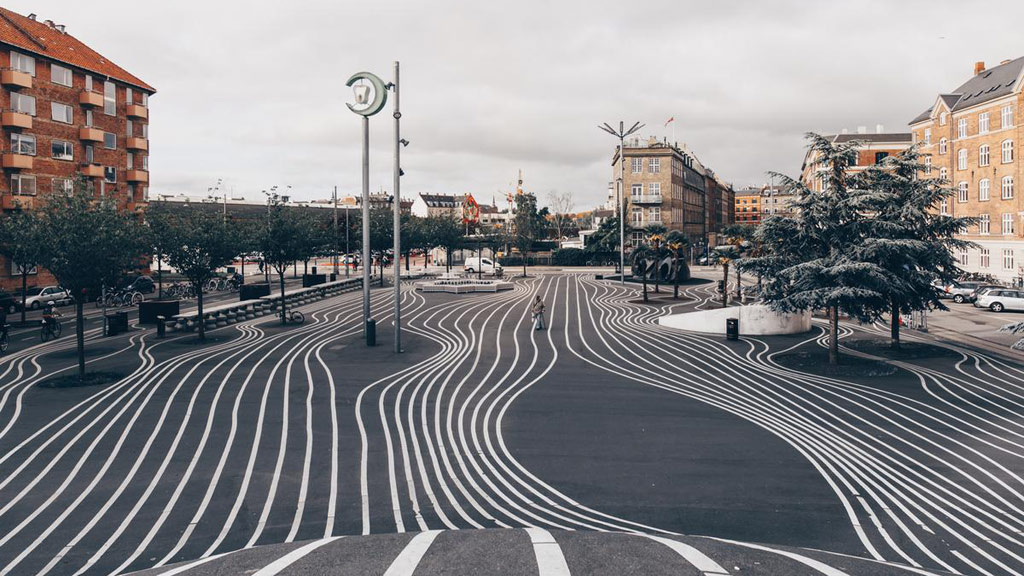

The oldest section of Copenhagen’s inner city is often referred to as Middelalderbyen (the medieval city). However, the city’s most distinctive district is Frederiksstaden, developed during the reign of Frederick V. It has the Amalienborg Palace at its centre and is dominated by the dome of Frederik’s Church (or the Marble Church) and several elegant 18th-century Rococo mansions. The inner city includes Slotsholmen, a little island on which Christiansborg Palace stands and Christianshavn with its canals. Børsen on Slotsholmen and Frederiksborg Palace in Hillerød are prominent examples of the Dutch Renaissance style in Copenhagen.

Copenhagen is a green city with many parks, both large and small. King’s Garden (Kongens Have), the garden of Rosenborg Castle, is the oldest and most frequented of them all.[142] It was Christian IV who first developed its landscaping in 1606. Every year it sees more than 2.5 million visitors[143] and in the summer months it is packed with sunbathers, picnickers and ballplayers. It serves as a sculpture garden with both a permanent display and temporary exhibits during the summer months.
It is popular for sports fixtures and hosts several annual events including a free opera concert at the opening of the opera season, other open-air concerts, carnival and Labour Day celebrations, and the Copenhagen Historic Grand Prix, a race for antique cars. A historical green space in the northeastern part of the city is Kastellet, a well-preserved Renaissance citadel that now serves mainly as a park.